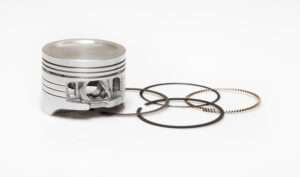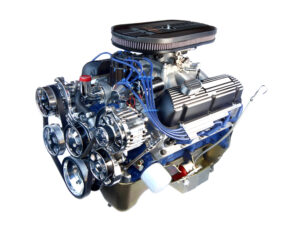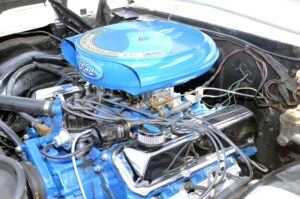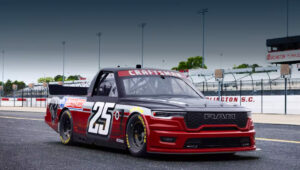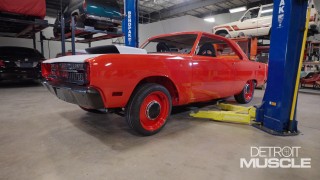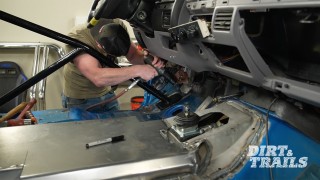The Most Influential Hot Rod Engines of All Time
Auto manufacturers have long sought for their engines to go faster, be more efficient, and sound better in the process. While many throughout history have been forgettable, some have entirely influenced how engines are built today, changing the game for the auto industry and hot rodder scene.
Ford Flathead
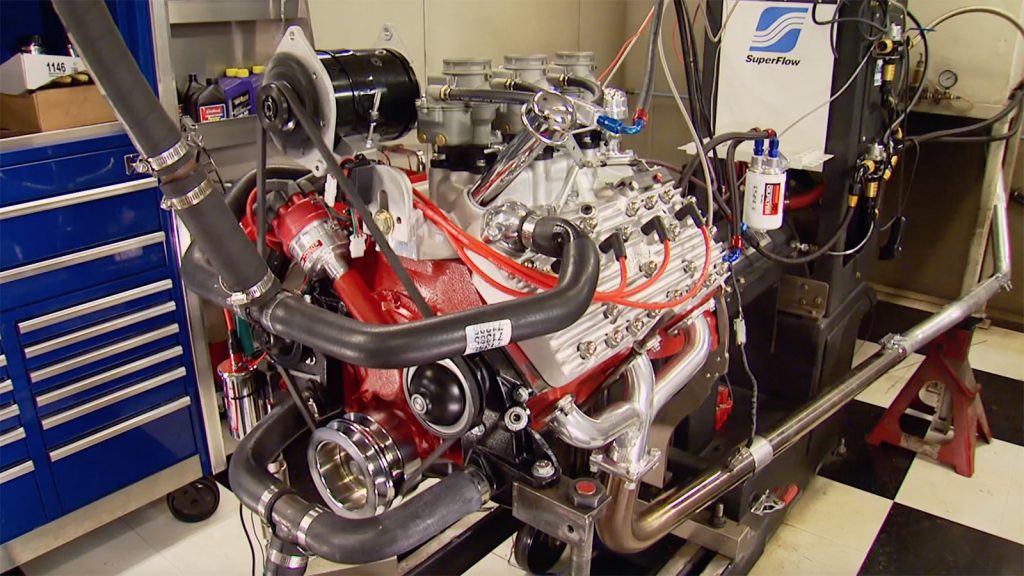
The Ford Flathead V8 is widely considered to be the “forefather” to the entire American V8 scene. The engine was launched in 1932, and with its bang-for-buck performance, it was unlike anything the world had seen at that time. It was designed by Carl Schmaltz, Ray Lard, and Mil Zoerlein. It was simple, with poured babbit-style main bearings, 21-head studs, two water pumps, and one belt for the generator and fan.
The simple design allowed the engine to be cost-effective during assembly. Its simplicity and affordability allowed the everyday person to purchase a V8. It gets its name from the design, which you might have guessed, are “flatheads.” Each head is comprised of a single piece of metal, helping to keep costs down. A single camshaft sits in the center of the block’s V, while the intake and exhaust valves are situated next to each piston.
As you can imagine, being a pioneer and all, the flathead had its fair share of issues. The original flatheads were prone to cracking and oil starvation when turning hard corners, which led to seized crankshaft bearings. With that said, its impact should never be understated.
The 221 cubic inch flathead with a 5.5:1 compression ratio was capable of producing 65 horsepower. It was later increased by 20 horsepower in 1935, a major selling point. From 1932 to 1938, they were referred to as “21 stud engines” because of the head design. However, despite bringing the V8 to the mass market and providing power to hot rodders, it was severely outdated and discontinued by 1954.
Why did Ford discontinue the iconic flathead? Simply put, airflow problems. Engineers at the time couldn’t find a solution to open the intake and exhaust valves without sacrificing compression ratios, which were already very low. There were many inefficiencies, but that shouldn’t take away from how it paved the way for modern V8s today.
Dodge HEMI

“That thing have a HEMI? Sweet.” The Dodge HEMI’s legacy was already cemented before that epic commercial, and it remains one of the most influential engines in racing. It’s so legendary that its design is still used in Dodge vehicles today, powering Demons, Ram pickups, and more. An engine that’s been called to action for 60 years is obviously doing something right.
In 1948, Harry Westlake, along with others, designed a six-cylinder engine that used basic hemispherical combustion chamber technology at Jaguar, which was revolutionary. In 1950, Chrysler made the design relevant in their 1951 Saratoga, Imperial, and New Yorker. Chrysler took this experience to build the first hemispherical combustion chamber V8, a 331 cubic inch engine that made an unheard of, at the time, 180 horsepower.
The next several years bore witness to Chrysler producing new hemispherical combustion chamber engines and increasing their displacement, from 331 cubic inches to 354, and finally to a 392. By 1964, the automaker introduced the second-generation 426 cubic inch Hemi that placed first, second, and third in the Daytona 500. The engine was so successful that NASCAR banned it after its first year.
After a three-decade hiatus, Chrysler finally released the third-generation HEMI in 2003. The initial 5.7L 345 cubic inch V8 is the same engine used in Ram pickups today. In the mid-2000s, they used another variant, the 6.1, in their SRT-8 models. From 2011 to present, it was replaced by a 6.4L HEMI. In 2015, Chrysler also produced the 6.2 Hellcat that has become a benchmark of muscle car performance.
Are there more efficient engines today? Of course. Are they better? Well, that’s subjective, but what the HEMI has meant to racing, hot rodding, and the horsepower wars is invaluable. The engine technology set a new standard in the industry of what was possible, and we hope it’s an engine that continues providing thrills through the new age.
Chevrolet Small-Block
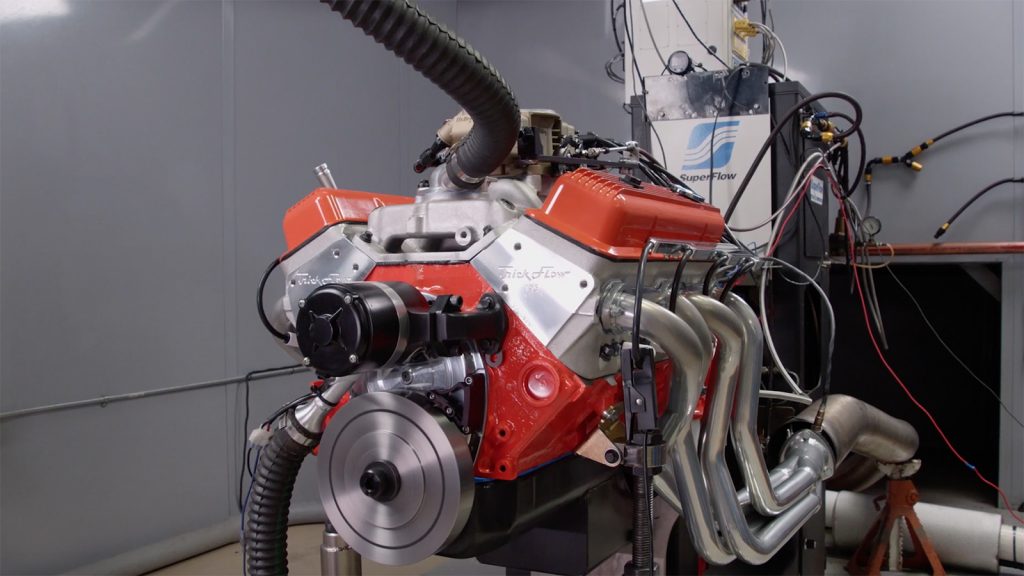
Another LS Swap? Of course! With that said, it’s not an unreasonable notion to believe the Chevrolet Small-Block V8 is among the most influential in history that transcends the engine scene. The innovative and technologically advanced engine made its debut in 1955. The design set the bar for future V8 design as enthusiasts embraced its performance and the robust aftermarket for parts.
The Chevy Small-Block has been through several iterations that are still used in off-road trucks, boats, and race cars today. It has been one of the most dominant engines in the history of this industry. Hagerty goes as far as saying it’s the most prolific engine ever made. It’s hard to dispute that comment with 108 million of them sold globally. It might be the most loved internal combustion engine of all time, thanks to its adaptability, durability, and accessibility.
Even into its fifth generation, there are no signs of slowing down, similar to its competition, the HEMI. It’s necessary to mention that while much has changed over the years, all Small-Blocks share similar architecture from the first one built in 1955. Some might argue that pushrod engines are obsolete. However, these engines continue to be trusted by enthusiasts of all ages and backgrounds, providing an opportunity to transition into the engine building world.
The LS is wildly popular because of its simple design, low cost of aftermarket parts, and the availability of those parts. Even novice engine builders can put together an LS Small-Block by watching a YouTube video, which is a huge selling point if you’re deciding on what to put in your project.
The Chevy Small-Block is a marvel of automotive history, and like the engines listed above, it has made its mark on history, earning its place in the most influential engines of all time.
